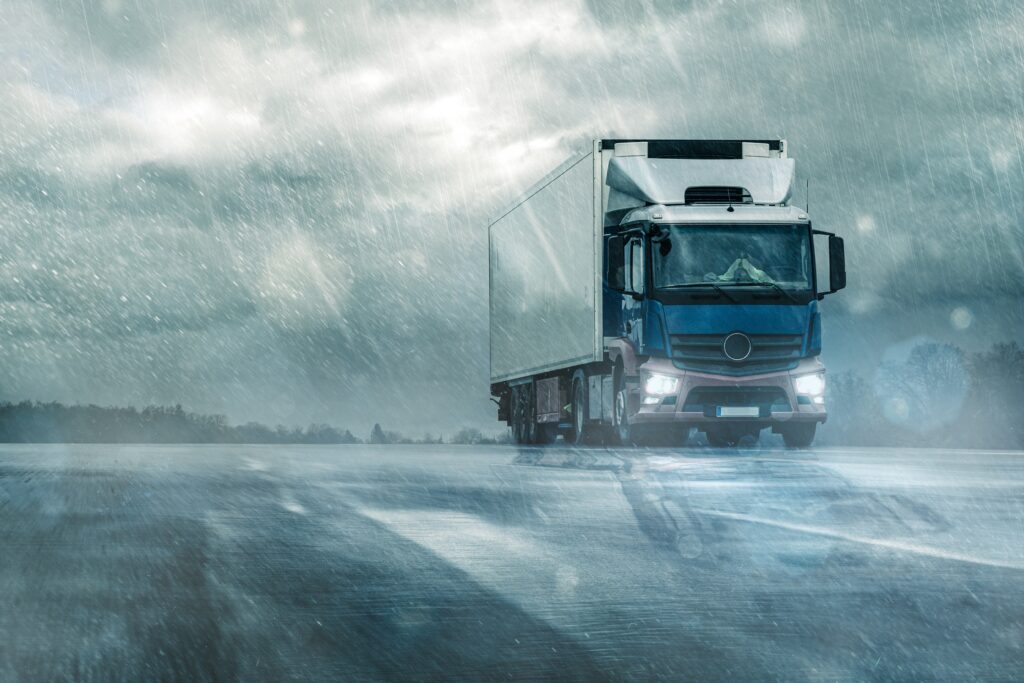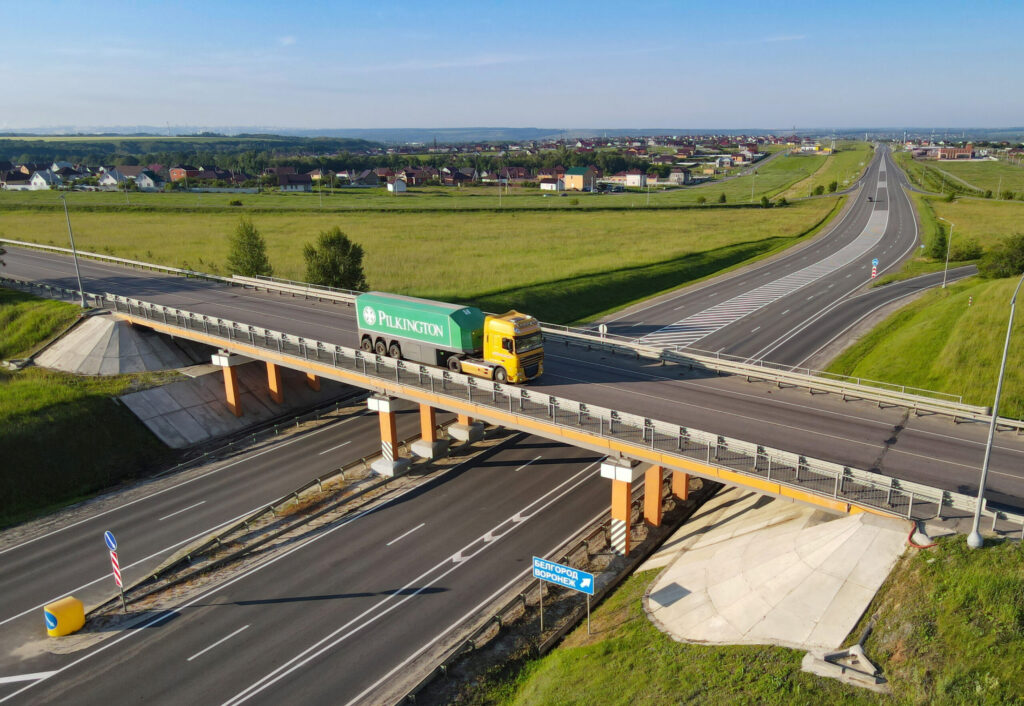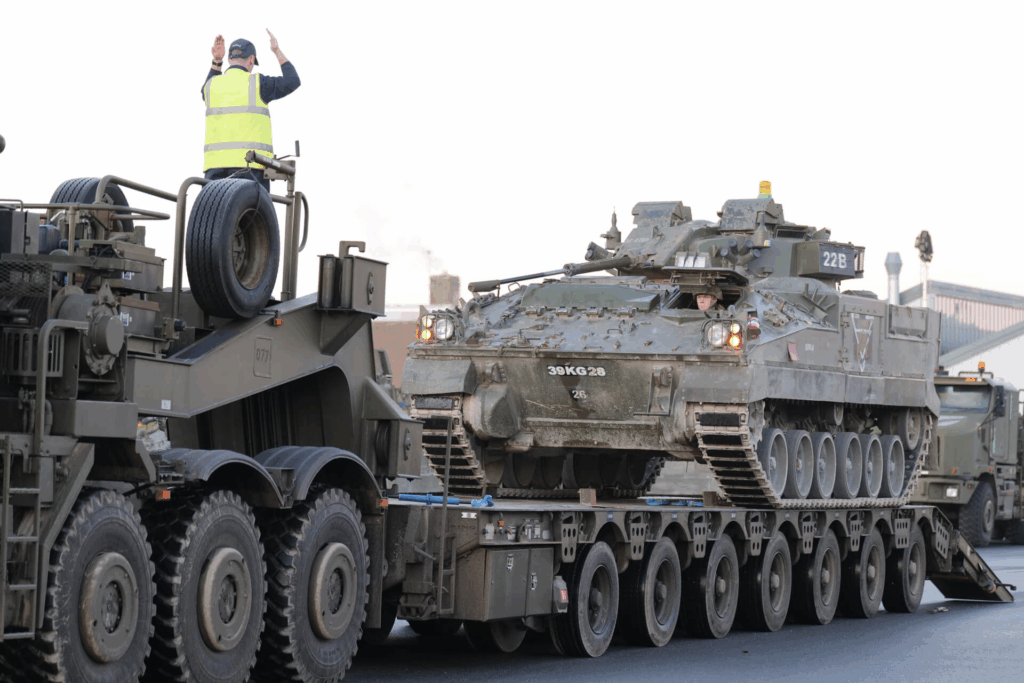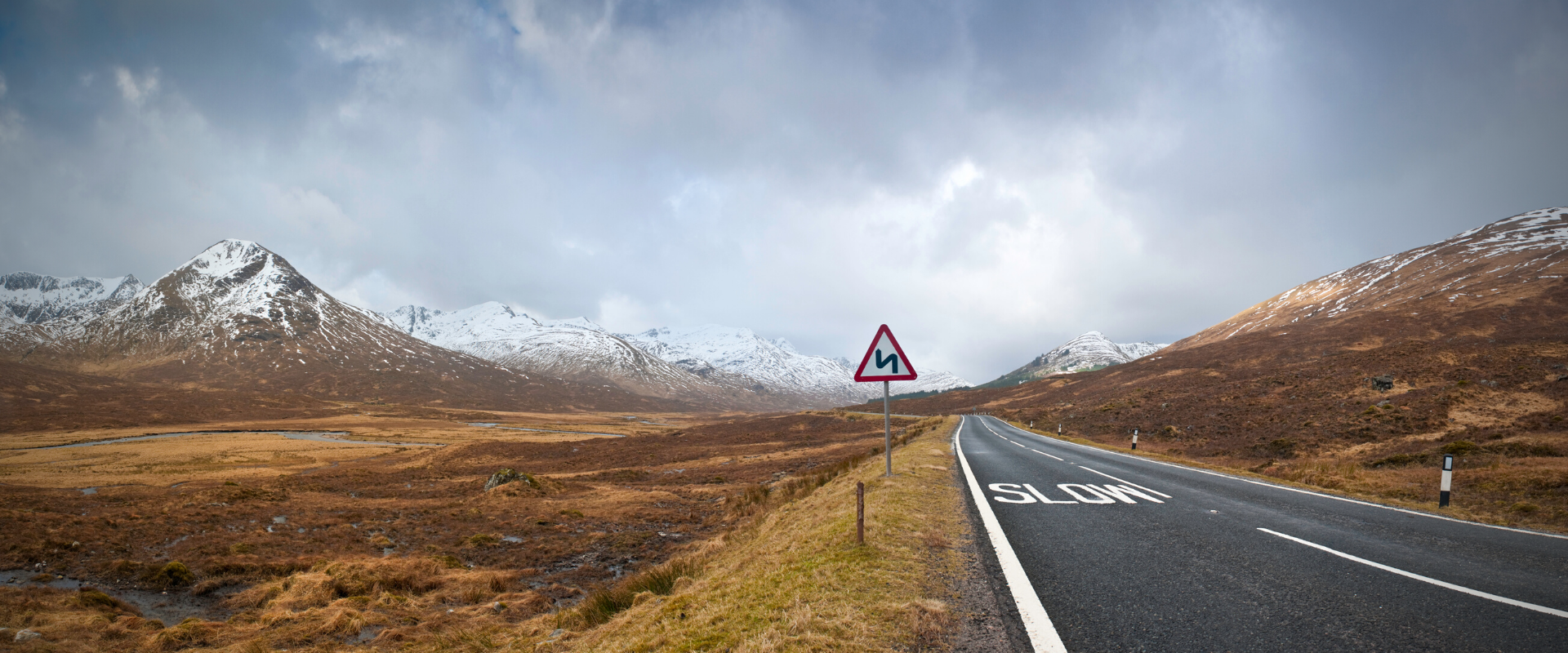
UK winter road conditions demand extra vigilance. See how VUE camera and telematics systems help HGV fleets reduce risk and improve safety.
Read More
The surge in demand for goods and the urgency to receive them dramatically heightens a driver’s workload. When this is paired with darker and longer days, drivers can often feel stressed and may exhibit riskier behaviours such as speeding to meet delivery targets or falling asleep at the wheel. The risk of an accident occurring is further increased by the higher amounts of traffic on the roads and wintery road conditions.
Evidently, the festive period is a challenging time for the transport sector which is why operators should put measures in place that help maintain fleet safety while supporting the mental well-being of their drivers.
As a result of the increase in parcel volume, fleet managers may consider overloading drivers with back-to-back deliveries and adding multiple drops to a driver's usual run however it's important to re-assess the usual routes when times get busier. Failing to do this may result in a waste of both fuel and a driver's time. It could also lead to burnt-out workers.
Route planning should be looked at with the entire fleet in mind as it may be more efficient for a different driver to make a particular drop-off or collection if they are already travelling through that area.
Also, when planning routes at this time of year, the poor wintery conditions must be factored into the driver's journey so operators should set realistic delivery targets with potential delays in mind. Giving drivers extra time in the morning to de-mist their vehicles helps to avoid them beginning their journey with massively reduced visibility in the name of meeting the required number of deliveries or collections.
A driver who has double the number of jobs to complete may be more likely to take the chance of going under a bridge that seems slightly too low for their vehicle. The time it takes to find a different route while they're already on a tight schedule is enough to put any stressed driver off however this could end up in a costly collision occuring.
This is why it's a good idea for fleet managers to consider installing a bridge strike solution that requires no driver input and enables drivers to spend their time focusing on safe driving.• Alerts are based on Live drive time meaning the system does not excessively alert in traffic queues or on motorways
If a driver is getting in accidents or having near-misses, or they're suddenly taking risky action such as speeding or falling asleep behind the wheel, could be a sign that they're struggling with their mental wellbeing.
The long hours on monotonous roads and having minimal social interactions throughout the day can cause drivers to feel stressed and fatigued at any time of the year, however, in combination with an increased workload and darker days, Christmas can take a particular toll on a driver's wellbeing. This stress may make drivers less concerned about the potential dangers of riskier driving behaviours such as mobile phone usage.
Not only can organising regular catch-ups and monitoring driving hours be efficient ways of supporting drivers, but technology such as Driver Distraction AI can stop fatigue or distraction-related accidents before they happen.
• Monitors driving behaviour in real-time looking for instances of distraction or fatigue e.g., taking a phone call or yawning
• Sends an alert in-cab to make the driver aware of their distracted behaviour
• Alerts can be sent to fleet managers to review


UK winter road conditions demand extra vigilance. See how VUE camera and telematics systems help HGV fleets reduce risk and improve safety.
Read More
Pilkington's story of how they acquired VUE technology and how it has helped optimise their operations.
Read More
VUE develops camera and video telematics solution for the UK's Ministry of Defence Transporter fleet.
Read More